Agroforestry for landscape restoration and livelihoods
- Proposed areas of implementation
- Potential areas of implementation
Project Partner

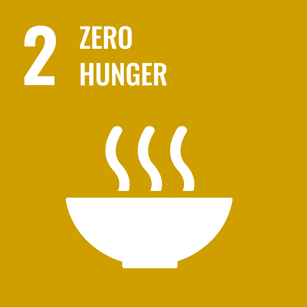
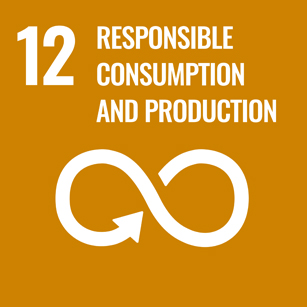

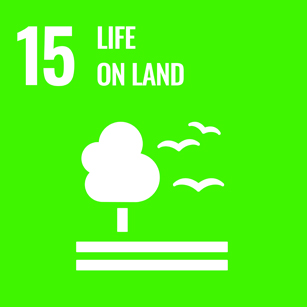
Since the 20th century, land degradation has intensified due to the growing global population’s increased demand for food, rapid urbanisation, industrialisation, and the indiscriminate utilisation of land resources. This has had a particularly detrimental impact on small and marginal farmers, who work on small and fragmented plots of land and need help to benefit from economies of scale or generate sufficient income from their farms.
These farmers also face additional challenges, such as poor soil and water quality resulting from unsustainable agricultural practices and limited access to affordable agricultural inputs, credit, markets, and government support. Furthermore, climate variability and change further jeopardize their livelihoods’ stability, making agriculture a sole occupation unviable for this vulnerable segment. Given that small and marginal farmers make up a significant 86% of all farmers in India, it is crucial to find solutions that enhance their incomes and ensure the growth of the agriculture and rural economic sectors.
Agroforestry, combined with regenerative agriculture, has emerged as a promising solution to address the social, economic, and environmental challenges small and marginal farmers face. SayTrees Environmental Trust, in collaboration with grassroots organisations, has undertaken an initiative focused on climate-proofing farm livelihoods. This proposed project will engage around 200 small and marginal farmer households in Andhra Pradesh on adoption of agroforestry and regenerative agricultural practices. The project can also be replicated in other geographies, adapting to the local context. Preferred locations for potential replication include Karnataka, Odisha, Madhya Pradesh, Maharashtra, and Uttarakhand.
The primary goals of this initiative are to diversify livelihoods and enable farmers to adapt to and mitigate the effects of climate change. By integrating agroforestry and regenerative practices, farmers can enhance the sustainability and resilience of their farming systems while simultaneously improving their economic prospects and reducing their vulnerability to environmental uncertainties.
Context
India’s agricultural sector faces a range of complex challenges. Conventional farming practices, including monocropping and heavy reliance on chemicals, have resulted in soil erosion, reduced soil fertility, and contamination of groundwater sources, leading to degraded croplands. These practices have also increased the cost of cultivation for farmers. The impact of climate change presents another significant challenge, with rising temperatures, delayed monsoons, unseasonal rains, and an increase in extreme events such as droughts, floods, and cyclones. These challenges have a detrimental effect on farm production, productivity, and incomes.
The agrarian distress is particularly severe for small and marginal farmers who have small and fragmented landholdings. These farmers predominantly engage in agriculture to meet subsistence needs and often do not benefit from economies of scale. In addition, small and marginal farmers in India require support to access credit and markets. Their risk-averse behavior often leads to hesitancy in adopting sustainable agricultural practices and utilizing post-harvest value-added services and technologies. Enhancing the incomes of small and marginal farmers is crucial, as they represent a significant 86% of all Indian farmers. Improving their incomes becomes imperative to address rural-urban migration, promote agricultural sector growth, and stimulate rural economies.
Agroforestry has emerged as a promising solution to address various challenges, such as food security, nutrition, employment generation, and environmental sustainability. It involves integrating trees and shrubs on farmlands and rural landscapes to enhance productivity, profitability, diversity, and ecosystem sustainability.
Agroforestry offers twofold benefits: it serves both “protection” and “production” functions. In terms of protection, agroforestry systems contribute to ecosystem services and environmental security by actively storing carbon, preventing deforestation, conserving biodiversity, enhancing soil fertility, and promoting soil and water conservation. On the production side, agroforestry provides food, fuel, fodder, and timber.
This multifunctionality ensures improved food and nutritional security while promoting employment and income generation through various avenues such as production, industrial applications, and value-added ventures, ultimately reducing poverty.
Agroforestry as an approach
Agroforestry presents a solution to mitigate climate change, offering both short-term advantages like microclimate moderation and natural resource conservation, and long-term benefits such as carbon sequestration. Agroforestry species excel at storing carbon in below-ground biomass, comparable to primary forests and surpassing crop and grass systems. Moreover, agroforestry systems typically demand less synthetic fertilizer, reducing nitrous oxide (N2O) emissions, a potent greenhouse gas (GHG).
When strategically applied on a large scale, with an appropriate mix of tree and shrub species, agroforestry makes agricultural land more resilient to extreme weather events like floods and droughts. This approach strengthens the land’s ability to adapt and withstand the heightened frequency and intensity of such events caused by climate change.
Agroforestry is a valuable approach to biodiversity conservation, contributing to reducing species loss and preserving endangered species. By enhancing structural complexity and promoting habitat and landscape heterogeneity, agroforestry creates favorable conditions for biodiversity. At the landscape level, agroforestry farms act as ecological corridors, facilitating the movement of species between various habitats within fragmented landscapes.
Agroforestry systems, with the presence of trees, positively impact soil health by enhancing organic matter and nutrient content. The roots of trees play a role in alleviating soil compaction, facilitating better water infiltration. Furthermore, agroforestry acts as a natural safeguard against soil erosion as the roots of trees securely anchor the soil, reducing the vulnerabilities to erosion caused by wind and water.
Agroforestry systems enable farmers to diversify their income sources by offering a wide range of revenue streams, including food, fodder, fuelwood, fiber, medicinal plants, timber, and various wood-based products like cork and wood pulp.
SayTrees’ initiative for climate-proofing farm livelihoods aims to support small and marginal farmers in restoring degraded lands and improving their livelihoods through the implementation of agroforestry integrated with chemical-free agricultural practices.
The proposed project focuses on climate mitigation through carbon sequestration while enhancing farmers’ resilience and adaptive capacity. It aims to restore approximately 200 hectares of degraded farmlands in two tehsils, one in Ananthapuramu district and another in Kurnool district, both located in Andhra Pradesh. The project aims to transition these farmlands into zero-chemical agricultural practices, potentially increasing farmers’ household incomes by at least 50%. Additionally, it is estimated that this intervention can sequester 6-12 tons of CO2 equivalent per hectare annually in the long term.
Moreover, there is an opportunity to replicate this project in specific locations across Karnataka, Odisha, Madhya Pradesh, Maharashtra, and Uttarakhand. SayTrees has been actively involved in implementing agroforestry initiatives and promoting chemical-free agricultural practices in these regions since 2016.
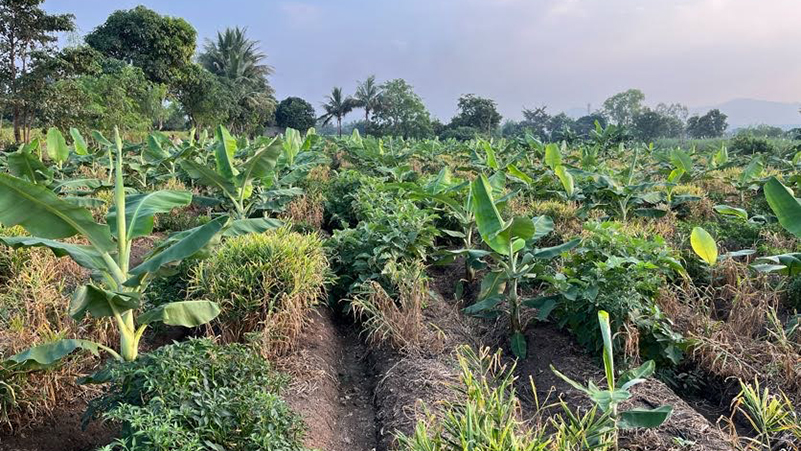

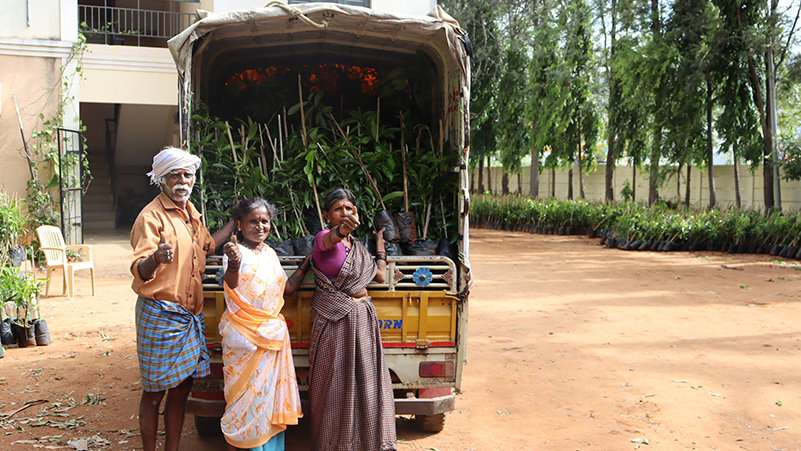



Problem statement
The districts of Ananthapuramu and Kurnool in the Rayalaseema region of Andhra Pradesh are known for their water stress and frequent droughts caused by their location in the rain-shadow area. In the past two decades, Rayalaseema has witnessed a decline in rainfall, resulting in intensified droughts and severe desertification. Rainfall patterns have also changed, with reduced precipitation during the crop season (July to October) and increased rainfall outside this period. The frequency of extreme rainfall events has also increased. For instance, over the past two years, the region has faced heavy rainfall from March to May, which is unseasonal and has led to pest infestations and reduced crop yields, particularly in mango production.
These shifts in weather patterns have adversely affected the soil’s organic carbon content, plant diversity, and above-ground biomass. Consequently, agricultural systems have become less resilient, negatively impacting the livelihoods of farming communities. Small and marginal farmers, who constitute the majority (over 80%) of farmers in Rayalaseema and typically cultivate landholdings averaging around 1.42 hectares, have been significantly affected. Also, the research from the Agricultural Model Intercomparison and Improvement Project (AgMIP) predicts that climate change will result in more devastation in the region by 2050.
Ananthapuramu, formerly known as Anantapur, is highly vulnerable to the consequences of climate change. It has experienced droughts for 17 out of the last 20 years, leading to a decline in soil quality and productivity. The organic carbon content in the soil has decreased by 84%, while nitrogen and potassium dioxide levels have reduced by 55% and 43%, respectively. Kurnool has emerged as the second most vulnerable district in Andhra Pradesh. Evidence suggests that temperatures in the Kurnool district will rise by 0.5 to 3 °C, and there is a potential increase in rainfall by 6.4% to 37.8% by 2050. Furthermore, it is predicted that 62% of all farms in the district will be susceptible to the impacts of climate change, which could result in a 12% reduction in per capita income.
Agroforestry has emerged as a potential solution to address the challenges posed by climate change and enhance ecosystem services and farmers’ incomes. Although farming communities worldwide have historically practiced agroforestry, this practice has become less common due to the dominance of mono-cropping and heavy reliance on chemical inputs. Additionally, factors such as the need for more support and technical knowledge among farmers, changes in land use, deforestation, and the expansion of mining and industries have contributed to the decline in areas dedicated to agroforestry.
In light of these circumstances, the SayTrees project aims to restore degraded croplands, mitigate and adapt to climate change, and improve farmer livelihoods through the integration of agroforestry and chemical-free agriculture. By combining these approaches, the project strives to contribute to the rejuvenation of agricultural land, promote climate change mitigation and adaptation, and enhance the well-being of farmers.
Goals and objectives
The project aims to support farmers in the Ananthapuramu and Kurnool districts of Andhra Pradesh to adopt agroforestry practices integrated with chemical-free agriculture. The primary goal is to restore degraded farmlands, improve livelihoods, and contribute to climate change adaptation and mitigation. The specific objectives of the project are as follows:
The project aims to contribute to climate change mitigation by promoting carbon sequestration through tree biomass and soil storage. Additionally, it seeks to reduce greenhouse gas emissions, particularly nitrous oxide, by minimising reliance on synthetic inputs.
Through agroforestry practices, the project aims to enhance resilience to climate change-induced effects such as droughts, floods, and strong winds. Agroforestry provides shade for crops, reduces soil erosion, and offers protection through the canopy of trees and shrubs, thus helping farmers adapt to changing climatic conditions.
The project focuses on enhancing ecosystem services. It aims to conserve biodiversity, improve soil conservation through increased organic matter and reduced erosion, and manage water more effectively by regulating water flow and promoting better water infiltration facilitated by the presence of trees.
The project aims to enhance farm incomes through various strategies, including reducing input costs by promoting low-cost, locally prepared inputs. It also seeks to increase farmer engagement across different agricultural seasons (kharif, rabi, summer, perennial) and/or cropping intensities. Furthermore, income diversification is encouraged through agroforestry/plantations and intercropping, providing farmers with additional income sources and better risk management capabilities.
By achieving these objectives, the project endeavors to support farmers in restoring their lands, adapting to climate change, improving ecosystem services, and ultimately enhancing their livelihoods in the Ananthapuramu and Kurnool districts.
About the organisation
SayTrees is a passionate community dedicated to safeguarding our planet for future generations. Through partnerships, it aims to impact ten billion lives, sequester fifty million metric tons of carbon, and protect ten million hectares of land and water bodies by 2035. Its tailored solutions combat climate change and address local needs with the support of individuals and businesses committed to making a difference.
Vision 2035: To scale up climate solutions across the globe, directly or indirectly impacting ten million livelihoods and sequestering one billion metric tons of carbon on ten million hectares of landscapes and water bodies.
Purpose: To discover and amplify solutions that combat climate change, enhancing the well-being of both humans and the planet.






